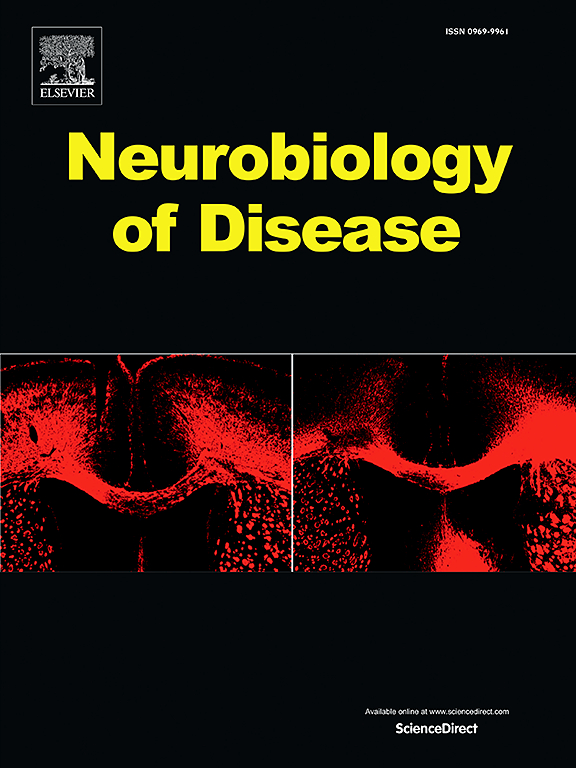Mitochondria at the crossroads: Quality control mechanisms in neuronal senescence and neurodegeneration
IF 5.1
2区 医学
Q1 NEUROSCIENCES
引用次数: 0
Abstract
Mitochondria play a central role in essential cellular processes, including energy metabolism, biosynthesis of metabolic substances, calcium ion storage, and regulation of cell death. Maintaining mitochondrial quality control is critical for preserving mitochondrial health and ensuring cellular function. Given their high energy demands, neurons depend on effective mitochondrial quality control to sustain their health and functionality. Neuronal senescence, characterized by a progressive decline in structural integrity and function, is a hallmark of neurodegenerative diseases. In senescent neurons, abnormal mitochondrial morphology, functional impairments, increased reactive oxygen species production and disrupted quality control mechanisms are frequently observed. Understanding the pathological changes in neuronal structure, exploring the intricate relationship between mitochondrial quality control and neuronal health, and leveraging mitochondrial quality control interventions provide a promising foundation for addressing age-related neurodegenerative diseases. This review highlights key mitochondrial quality control, including biogenesis, dynamics, the ubiquitin-proteasome system, autophagy pathways, mitochondria-derived vesicles, and inter-organelle communication, while discussing their roles in neuronal senescence and potential therapeutic strategies. These insights may pave the way for innovative treatments to mitigate neurodegenerative disorders.

求助全文
约1分钟内获得全文
求助全文
来源期刊

Neurobiology of Disease
医学-神经科学
CiteScore
11.20
自引率
3.30%
发文量
270
审稿时长
76 days
期刊介绍:
Neurobiology of Disease is a major international journal at the interface between basic and clinical neuroscience. The journal provides a forum for the publication of top quality research papers on: molecular and cellular definitions of disease mechanisms, the neural systems and underpinning behavioral disorders, the genetics of inherited neurological and psychiatric diseases, nervous system aging, and findings relevant to the development of new therapies.
 求助内容:
求助内容: 应助结果提醒方式:
应助结果提醒方式:


